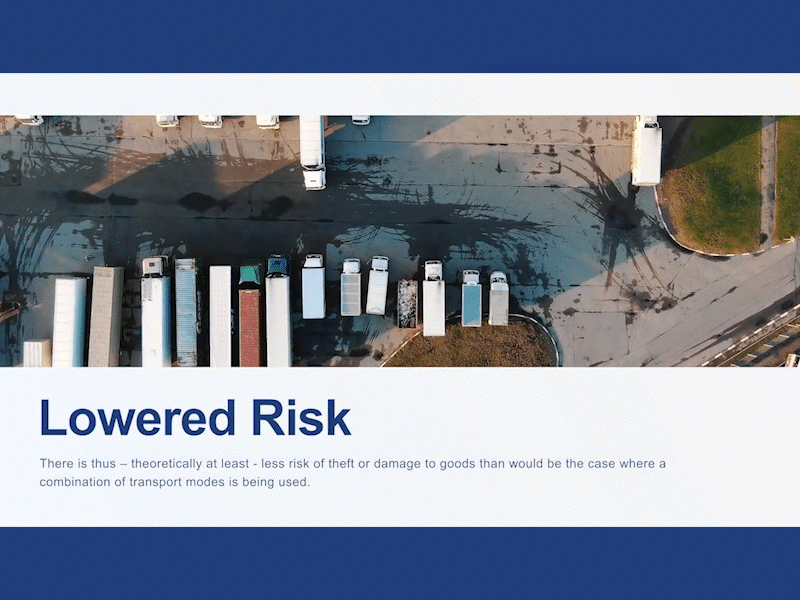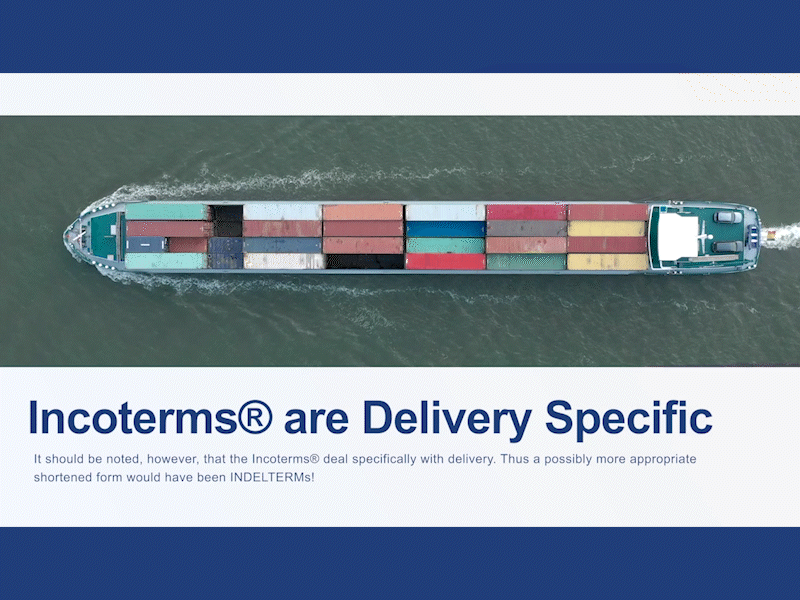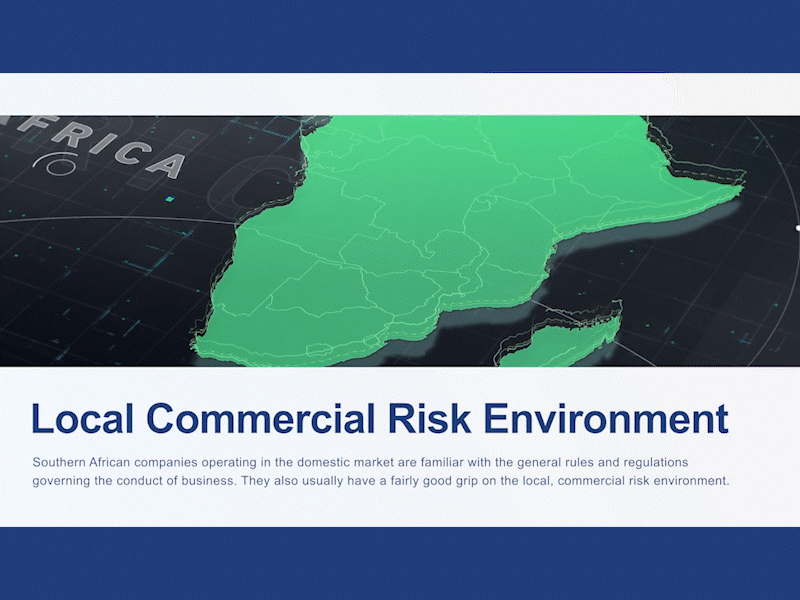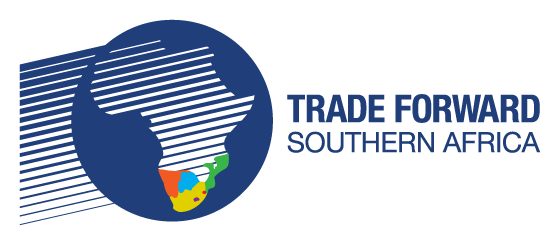Business executives require a great deal of insight and information in order to identify the most viable markets for international expansion. Their investigations need to encompass each potential market’s international environments, e.g. physical, business, cultural and legal, etc., as well as consumer buying habits. In order to obtain this information, considerable international marketing research is required but there is more to research than most people think there is.
Market Research vs Marketing Research
Firstly, there are two types of international marketing research: market research and marketing research. Market research helps you to choose the country that holds the most opportunity for your product, and involves finding information on the size, nature and structure of specific markets. Marketing research, on the other hand, delves deeper into product-specific details such as preferred colours, optimal sizes, acceptable price levels, suitable packaging, mandatory labelling requirements, etc.

Types of International Marketing Research
Now that we understand the differences between market and marketing research, we need to distinguish between primary and secondary research. Primary or ‘in-market’ research refers to the collection of information through observation of, and interaction with, people in the potential market. Sources of information include focus group interviews – or discussions on, for example, consumer behaviour, with a foreign consultant. This type of research tends to be costly because it is conducted in another country. Conversely, secondary research refers to information which can be gleaned from existing published sources, such as online reports, journals and various internet-based tools. When it comes to international marketing, you should ensure that you perform as much secondary research as possible to ensure that your subsequent primary research costs are kept to a minimum.
Now that we understand the research process a little better, let us take a look at some important export market prerequisites:
- Market accessibility – High import duties or restrictive exchange control regulations can render a market inaccessible
- Growth Potential – The market should offer opportunities for growth with consistent profit potential
- Cost of Business – Selling into a particular market should be economically viable. It should not be excessively expensive to adapt your product or its packaging to meet specific market requirements.

These are but a few of the important international marketing considerations that you need to consider in order to select the countries which hold the most potential for your products.
Now that you understand international marketing research a little better, let us expand your export knowledge further with a free and comprehensive course on all facets of exports. This course was developed by Trade Forward Southern Africa, in collaboration with the International Trade Institute of Southern Africa. Click the links below to sign up for free, and get going on your export marketing plan.
To sign up to the School of Export CLICK HERE.
If you already have a profile, CLICK HERE to login to begin the module.










This article has really helped with my approach to international marketing, thank you!